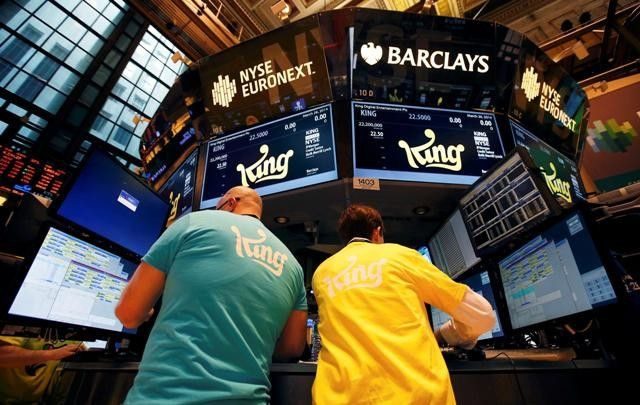Australian Stock Market Report – Afternoon September 25, 2014

Most sectors ending in positive territory
The influence of the strong session on Wall Street overnight faded over the course of the Asian session in general on Thursday. In form that has become typical for the Aussie market, buyers continued to withdraw over the second half of the day, and sellers retained the edge. This was best reflected in the final result which saw the ASX 200 end with a 6 point gain, having been up as much as 37 points in the first half hour of trade. The afternoon session began with another lunge from sellers as they attempted to force the market lower at that point the market was unchanged on the day. The remainder of the afternoon saw a status quo established between buyers and sellers, although the latter maintained the upper hand in psychological terms.
Today we heard RBA governor Glenn Stevens speak at the Melbourne Economic Forum regarding the recent events influencing our economy. The Governor once again reiterated the concerns about the lift in house prices and "unbalanced" investor demand. The Governor was sceptical about using macroprudential tools "as a panacea" but is open to using them to ensure sustainable lending practices. The banks seemed unaffected in response to the comments finishing the session as a mixed bag with the Commonwealth Bank of Australia (CBA) up by 0.3 per cent at $76.65, while Westpac Banking Corporation (WBC) ended in the red by 0.8 per cent, closing at $32.21.
The ABS measure of job vacancies reported a small 0.7% fall in vacancies over the three months to August. However, vacancies are 4.1% higher over the year to August. Job vacancies data has traditionally been used as a leading indicator of labour market momentum. Despite the fall over the quarter, vacancies have been trending upwards over the past year which bodes well in terms of the unemployment rate. Over the same time, employment growth has averaged around 20K/month and the unemployment rate has drifted 0.4ppts higher to 6.1%.
The Aussie dollar was hit hard today in reaction to comments made by the Reserve Bank of New Zealand (RBNZ) that the Kiwi dollar was overvalued. At midday on Thursday, the local currency was trading at US$0.8862. Our currency was trading at its highest point in July at US$0.9506 but has since weakened, today finishing the session at a new seven month low of US$0.8797 Economists expect the Aussie dollar to it to trade in the range of US$0.77 and US$0.95 in 2015 based on the outlook regarding US interest rates and commodity demand out of China.
[Kick off your trading day with our newsletter]
More from IBT Markets:
Follow us on Facebook
Follow us on Twitter
Subscribe to get this delivered to your inbox daily





















